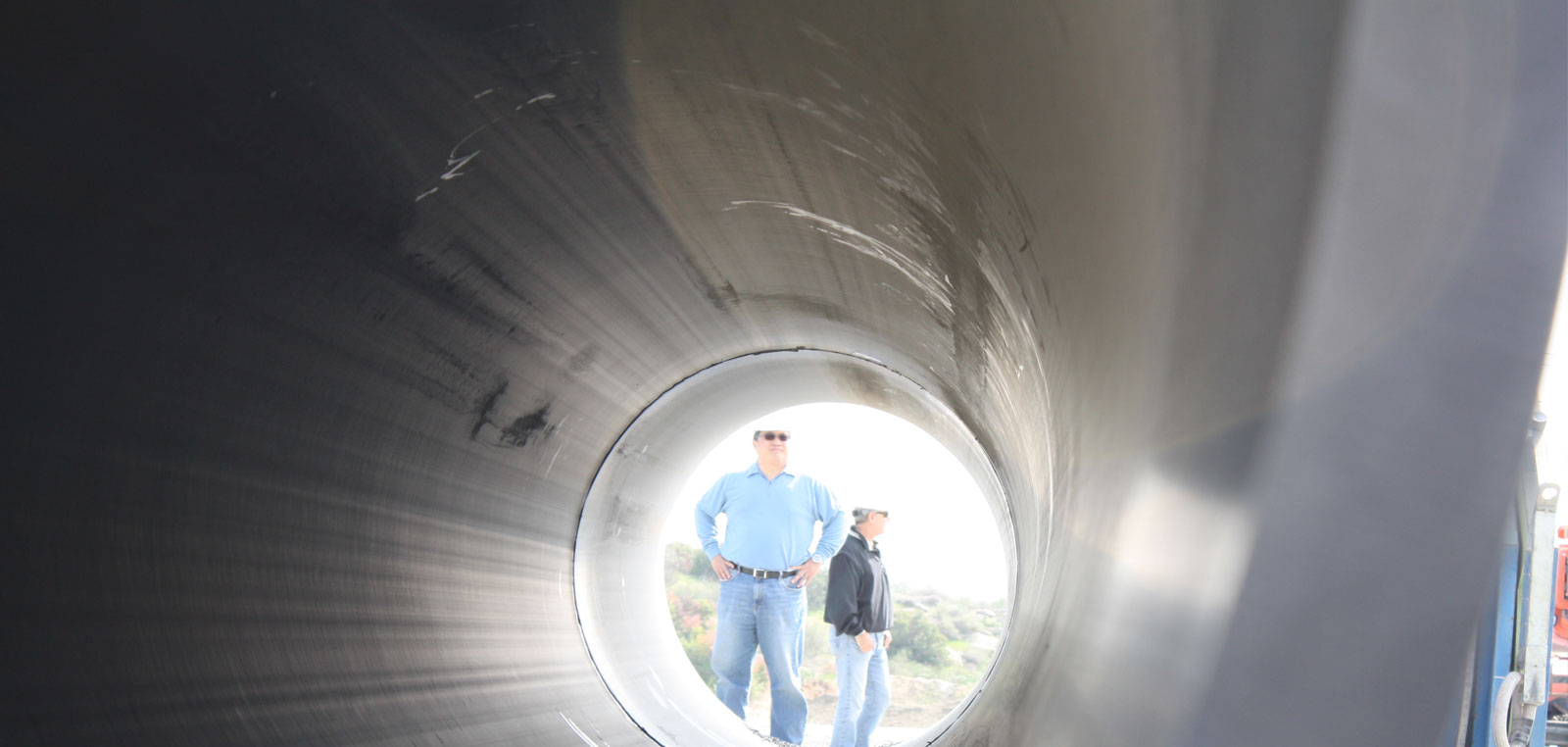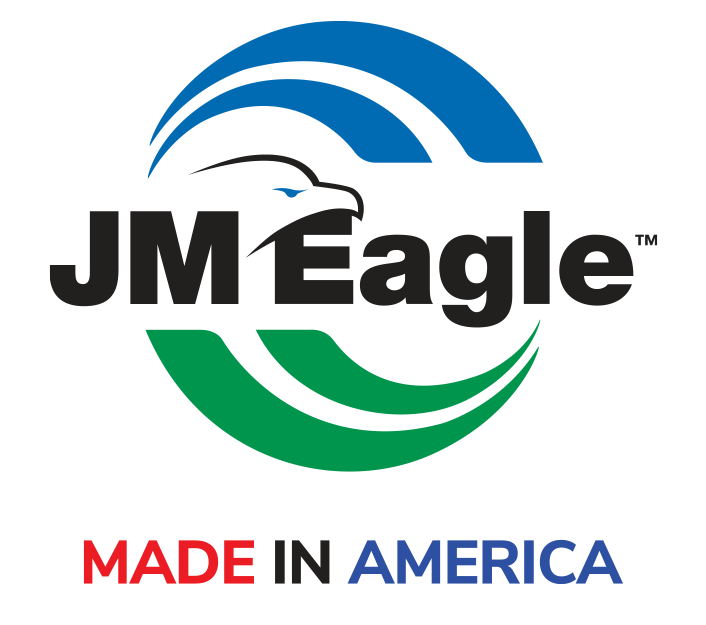
Advocating for Clean Water
As the nation’s water and wastewater treatment systems of pipes, pumps, and plants reach the end of their intended lifespan, investing in water infrastructure has taken the spotlight.
Working to ensure adequate funding for safe, affordable water
As the nation’s water and wastewater treatment systems of pipes, pumps, and plants reach the end of their intended lifespan, investing in water infrastructure has dominated the utility landscape. In its most recent report card (2017), the American Society of Civil Engineers gave water infrastructure in the United States a D grade and the nation’s wastewater infrastructure a D+.
According to the US Water Alliance, 85 percent of Americans support increasing federal investment to rebuild our water infrastructure, yet there remains a significant funding gap between the amount of federal funds available and how much utilities and municipalities will need to ensure public health and safety in the coming years. In fact, the American Water Works Association (AWWA) estimates drinking water systems need to invest $1.7 trillion in infrastructure over the next 40 years, and the Environmental Protection Agency’s (EPA) needs survey estimates the United States will require $271 billion for wastewater and stormwater needs over the next 20 years.
“Federal funding for water and wastewater has been on the increase in recent years,” Kristina Surfus, managing director of government affairs at the National Association of Clean Water Agencies (NACWA), said. “We’ve seen some continued increases in funding for core programs like the State Revolving Funds. But the federal funding that exists is still a really small portion of overall investment in water and wastewater in this country. More than 90 percent of funding for water and wastewater infrastructure is now local or state dollars. So, the federal share is quite small.”
Read more here: https://bit.ly/3cQQt9k
